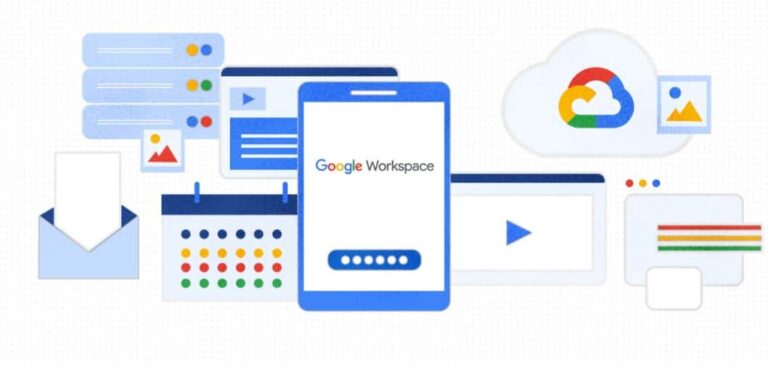Google caused an uproar among users and businesses by capping all Google Drive users at 5 million files, regardless of their payment for extra storage. The cap caused significant disruptions for some users, and because Google failed to communicate the change, many initially thought it was a bug.
However, after the story made the rounds on tech news sites, Google finally admitted that the file cap was not a bug and was actually “a safeguard to prevent misuse of our system in a way that might impact the stability and safety of the system.” The company later announced on Twitter that it would roll back the limit.
While Google initially rolled out the limitation to prevent misuse of Drive, the company may introduce further limitations to manage resource-intensive users as part of its cost-cutting mission.
The storage tiers may not be enough for everyone
Google charges people for Drive storage, and the limit it sells is measured in gigabytes and terabytes. Google Workspace Business accounts go up to 5 TB of storage for regular accounts, with unlimited options available if you call Google and negotiate with its salespeople.
Google One, the consumer-level option for more Google storage, goes up to an incredible 30 TB, which costs $150 a month. Drive is also not just a Dropbox clone, as Google encourages developers to build the “Drive API” into their apps, giving developers an easy way to add cloud storage to their products.
The 5 million file cap applied to all of these people, and it was ridiculously small for most of Google’s storage tiers. If you have all 4KB files, it’s possible to hit 5 million files in about 20 GB.
Google should have communicated better
For a time, Google was selling people storage they couldn’t possibly use due to this new limit, and it wasn’t documented anywhere.
The lack of communication from Google was a significant source of frustration for users and businesses affected by the change. The original February thread on the Drive Issue Tracker revealed that many people had been left scrambling to figure out what was wrong with their systems.
The lack of communication was shocking, especially given that the Google Workspace team knows how to run enterprise software. The group has a whole blog and support article system where changes are often announced months in advance.
